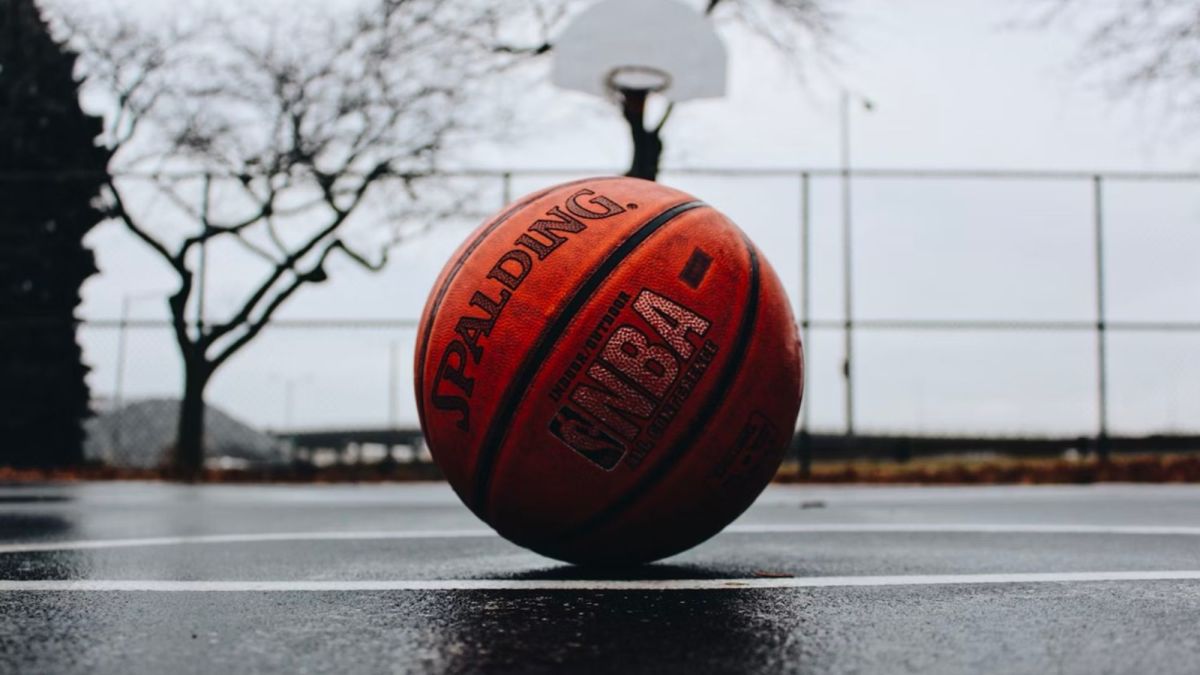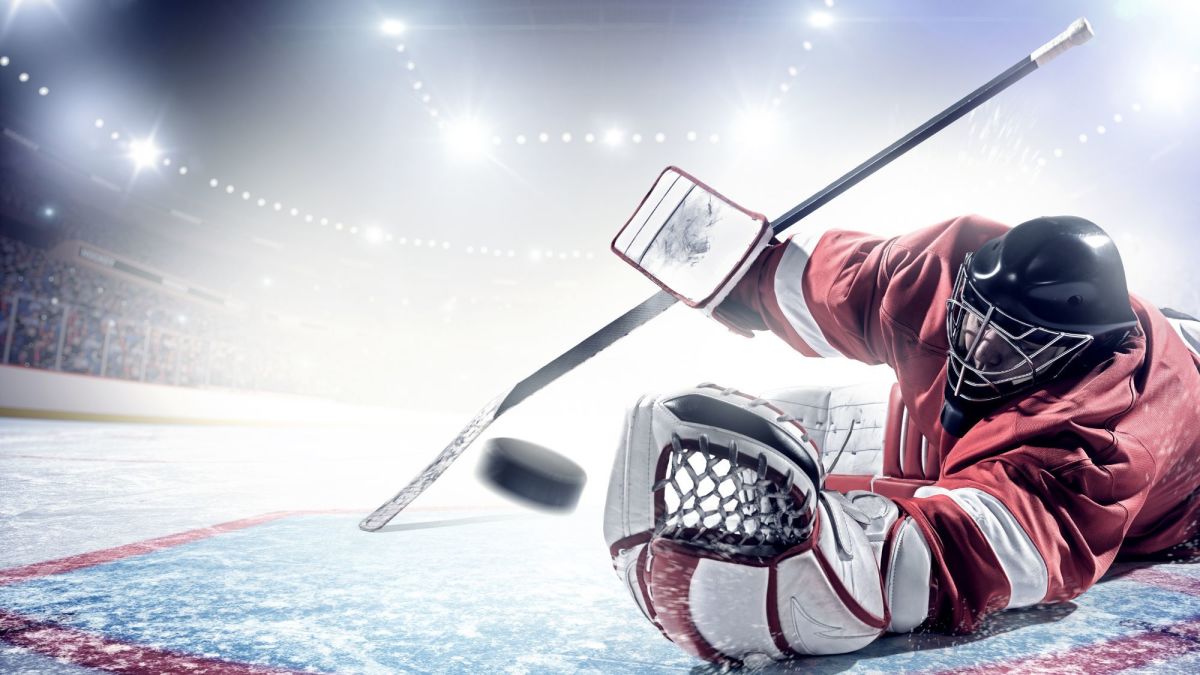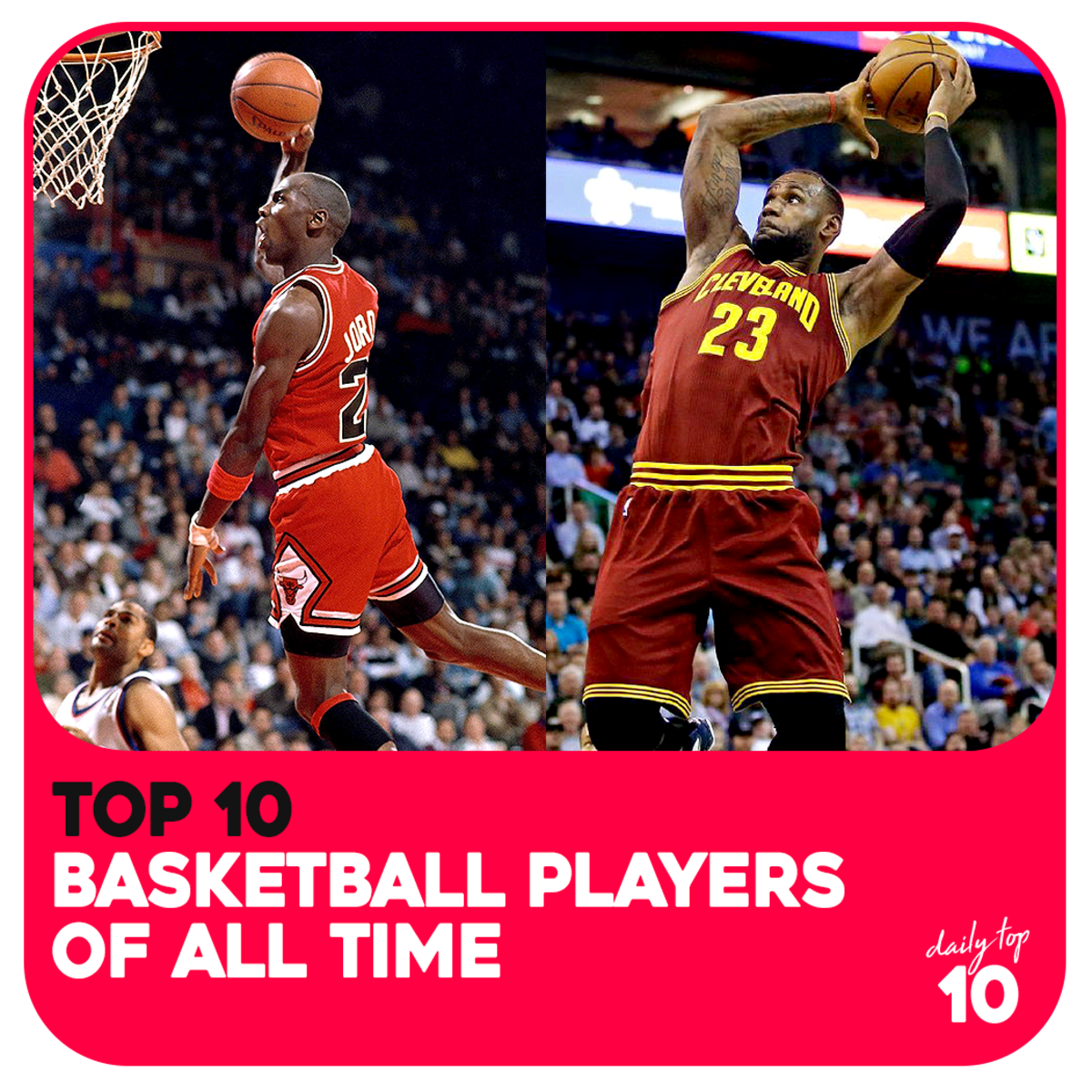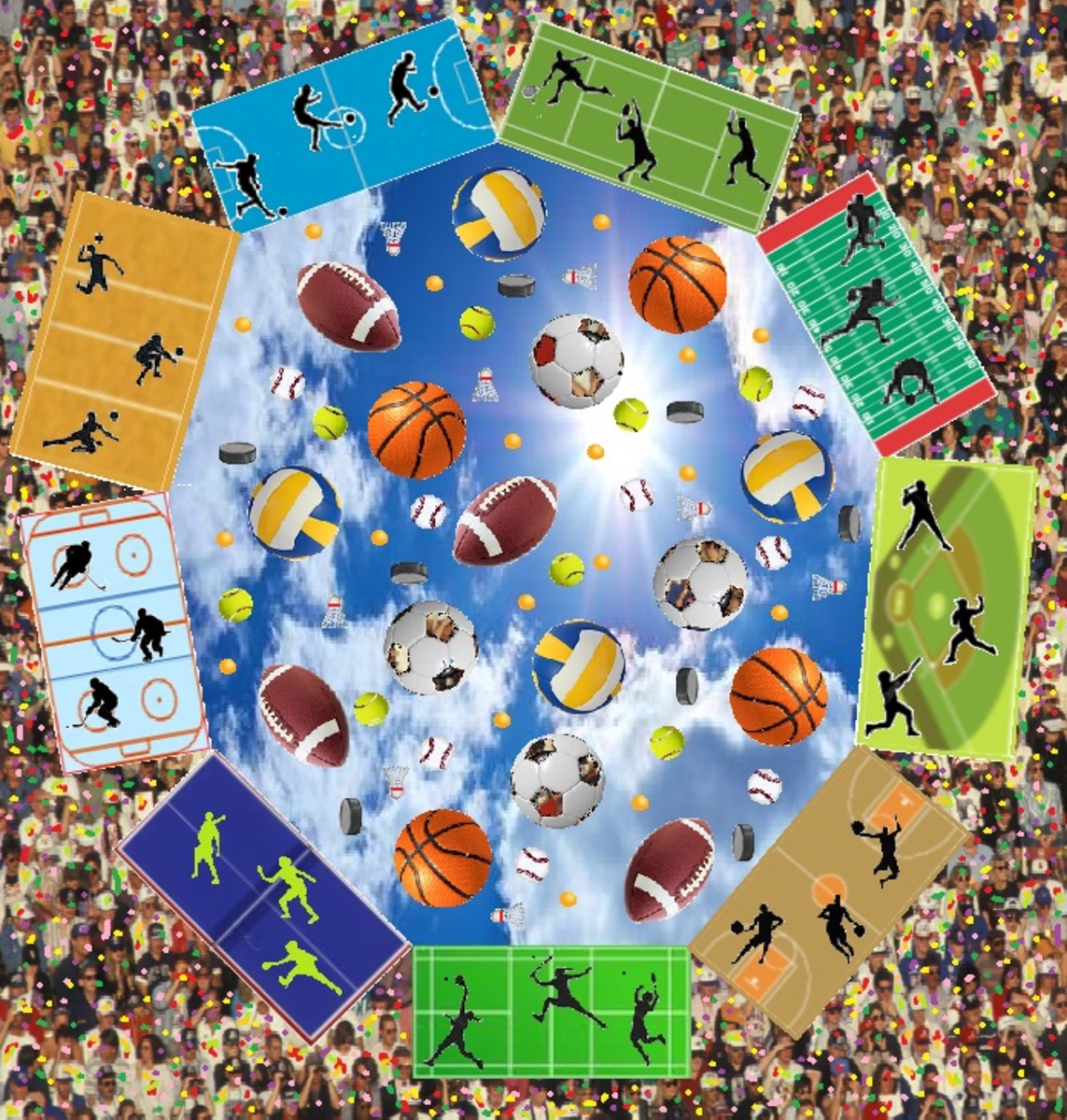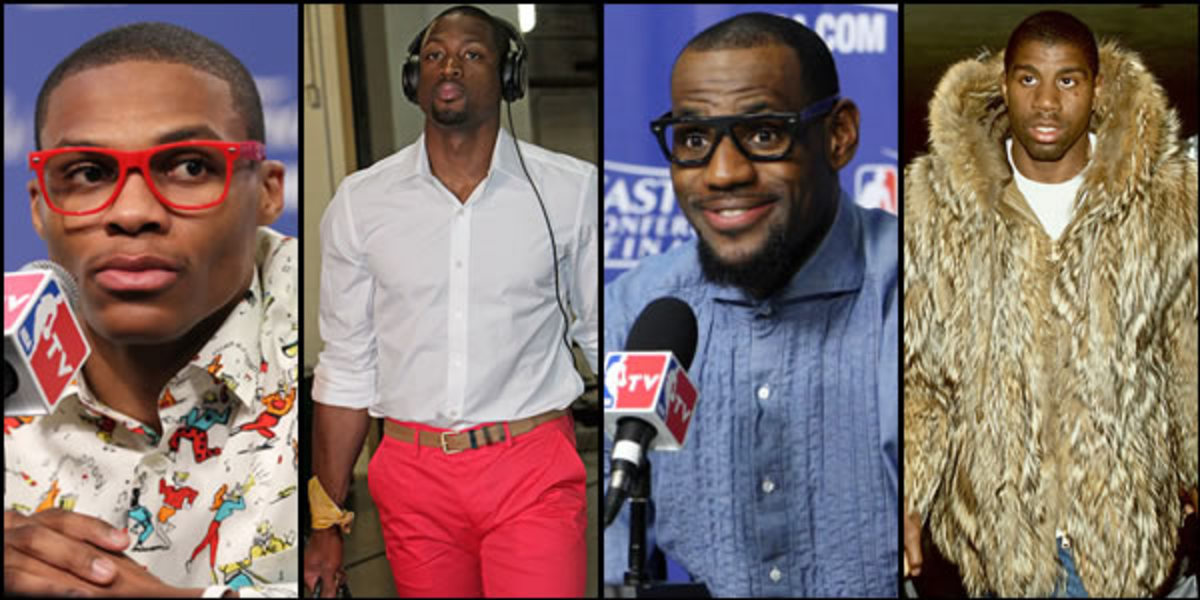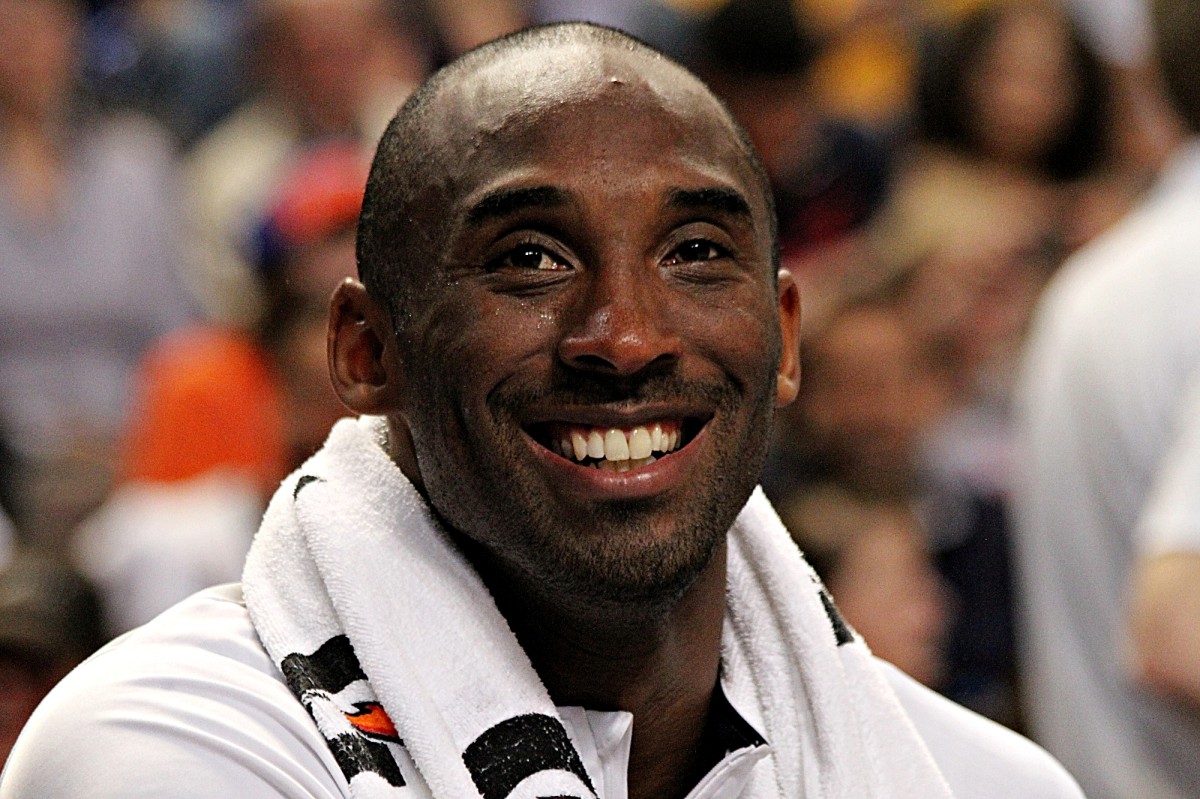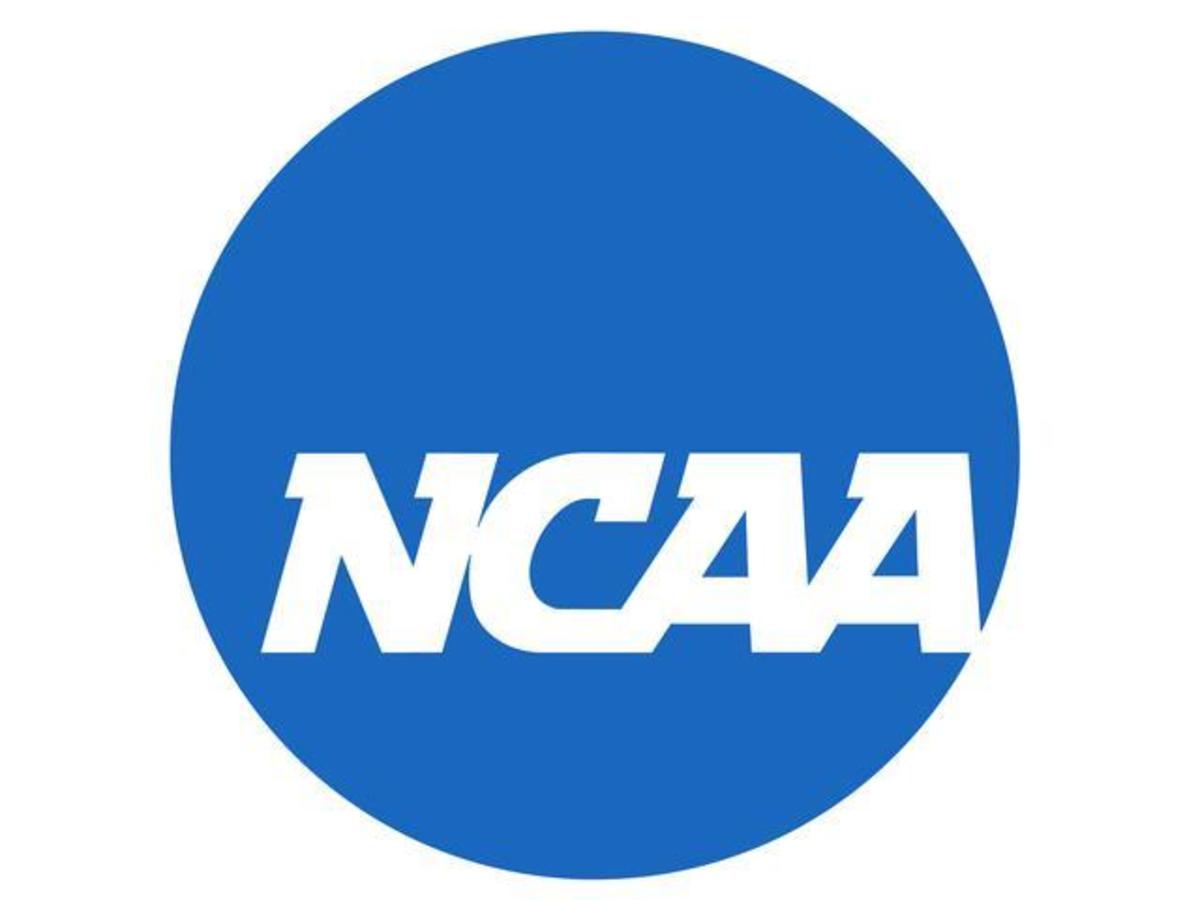The Evolution of James Naismith's Thirteen Original Basketball Rules
Born in Almonte, Ontario, Dr. James Naismith was a Canadian physical education teacher who taught at McGill University from 1887 to 1890. In 1890, he moved to Springfield, MA, USA to teach at Springfield College, where his tenure lasted five years. It was during his tenure in Springfield, where he was under the tutelage of American physical education guru, Luther Halsey Gulick, that Naismith invented the game of basketball. Dr. Gulick gave Naismith the charge to invent a game that can be played indoors to contain the unruly youth during New England's harsh winters. Dr. Naismith came up with the game that would be played starting in 1892, utilizing two peach baskets tied ten feet up a railing, a soccer ball, and thirteen original rules.

Dr. James Naismith's thirteen original rules are still used in some form today, although many of them have been added to, tweaked slightly, or both. The amazing thing is that after over one hundred years of play, the basic concepts and rules are still the same. The first seven rules were strictly related to setting play guidelines as Naismith wanted to make sure the game was non-violent but could be played indoors. It wasn't until the eighth rule that scoring and procedures were named.
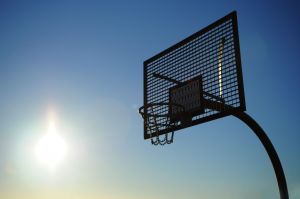
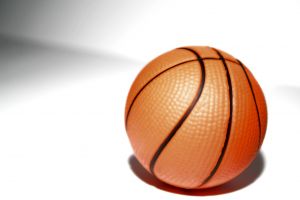
The Evolution
Rule #1
"The ball may be thrown in any direction with one or both hands."
This rule has not changed much over the years. Players are able to pass the ball in any direction using one or both of their hands. One slight addition, however, limits the playing area during the game. A mid-court violation was added, prohibiting an offensive player to pass the ball back over the mid-court line once it has advanced beyond it, unless it is first touched by a defensive player.
Rule #2
"The ball may be batted in any direction with one or both hands."
This rule still holds true in that the ball can be batted away from a player's hand or batted away during a shot. This rule enabled players to block shots, which eventually became one of the statistics analyzed by commentators and tracked by fans. The players can block shots as long as the ball is heading upward. If the ball is on its way back down, it becomes a goal tending violation and the offensive team gets points regardless of whether the ball goes in or not.
Rule #3
"A player cannot run with the ball, as he must throw it from the spot on which he catches it, with allowance to be made for a man who catches the ball when running at a good speed."
This rule is still true in that a player may not run with the the ball or it is considered a traveling violation. One thing that has changed, however, is that the player can dribble the ball and does not have to "throw it from the spot on which he catches it." A player, when in possession of the ball, has three options: to dribble the ball, pass the ball, or shoot the ball at the basket.
Rule #4
"The ball must be held in or between the hands; the arms or the body must not be used for holding it."
The rule today regarding maintaining possession of the ball allows players to hold it in the hands or the arms. The use of a player's body to hold the ball, however, is still prohibited. In addition, a player not use his body to block the ball from getting to another player or into the net.
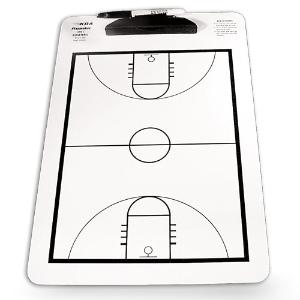
Rule #5
"No shouldering, holding, pushing, tripping, or striking in any way the person of an opponent shall be allowed. The first infringement of this rule by any person shall count as a foul, the second shall disqualify him until the next goal is made, or if there was evident intent to injure the person, for the whole of the game, no substitute allowed."
The prohibited acts of pushing, holding, etc., in this rule still stand in today's games. Players still get fouls called against them. There are different types of fouls now, however, which result in a variety of consequences.
- Flagrant 2 Foul: Intent to injure with unnecessary or excessive contact ~ Automatic ejection from the game to return at start of following game. Opponents get two free throws and possession of the ball. The player has to leave the game and go back to the locker room. The player may also get suspended for a period of time.
- Flagrant 1 Foul: Intent to injure with contact ~ Ejection after two flagrant 1 fouls. Opponents get two free throws and possession of the ball. The player has to leave the game and go back to the locker room. The player may also get suspended for a period of time.
- Personal Foul: Illegal physical contact ~ "Foul Out" after accumulating six of these. The player does not have to leave the game, but may not play for the rest of the duration.
Rule #6
"A foul is striking at the ball with the fist, violation of rules three and four and such described in rule five."
This rule has seen the most change in the evolution of these original thirteen. Players are no longer given a foul for running with the ball, or traveling. The ball is merely turned over to the opposing team. This is true for holding the ball with the body as well. Players can be called for fouls if they are breaking any of the rules around defending the ball, shooting the ball, and passing the ball. Today, players are allowed to be much more creative in using the chest pass, bounce pass, and behind-the-back pass, making this rule a little more gray than black-and-white.
Rule #7
"If either side makes consecutive fouls it shall count a goal for the opponents."
Although this rule is no longer in existent the way it was stated by Naismith, there is a newer rule related to this one. Today, after five fouls are committed on a team, within a quarter, a penalty is enforced allowing the fouled player to shoot two free throws.
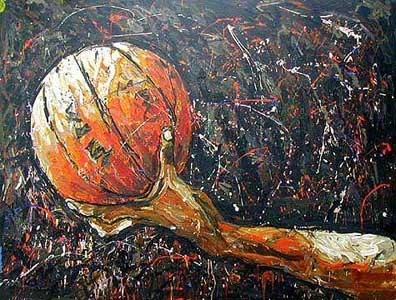
Rule #8
"A goal shall be made when the ball is thrown or batted from the grounds into the basket and stays there, providing those defending the goal do not touch or disturb the goal. If the ball rests on the edge and the opponent moves the basket it shall count as a goal."
One might chuckle and wonder why it was written as such when reading about this rule. Phrases like, "into the basket and stays there," and "opponent moves the basket," do not align with today's baskets. Remember, Dr. Naismith originally designed this game to be played with peach baskets. They had bottoms to them. Later on, when people were tired of having to retrieve the ball all the time, they cut out the bottoms of the baskets so the ball can fall through. For a while, it was the trend to make baskets out of metal. Today, nylon or synthetic baskets are used.
This rule, however, marked the origin of the goal tending violation. Currently, a player cannot touch the basket rim when the ball has been shot and is on its way down. Defensive players cannot touch the ball, either, when it has been shot and is on its way down.
Rule #9
"When the ball goes out of bounds it shall be thrown into the field and played by the first person touching it. In case of a dispute the umpire shall throw it into the field. The thrower-in is allowed five seconds and if he holds it longer it shall go to the opponent. If any side persists in delaying the game, the umpire shall call a foul on them."
The five second inbounding restriction still stands in basketball rules today. The ball is still turned over to the opponents if a team doesn't get the ball in play within that time period. The changes in this rule are related to who in-bounds the ball. The team usually has a designated in-bounder who is usually a taller player who is good at passing the ball. Neither the umpire, nor the first player to touch the ball, throws the ball back into play.
Rule #10
"The umpire shall be the judge of men, and shall note the fouls, and notify the referee when three consecutive fouls have been made. He shall have power to disqualify men according to rule five."
Today, in the NBA, there are three referees who determine the fouls and ejections. Statisticians on the sideline keep track of the data and notify the referees if a person fouls out and has exceeded their personal foul limit.
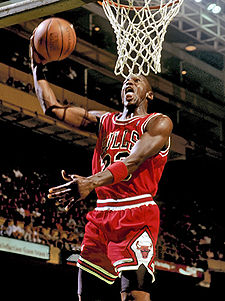
Rule #11
"The referee shall be the judge of the ball and shall decide when the ball is in play, in-bounds, and to which side it belongs, and shall keep the time. He shall decide when a goal has been made and keep account of the goals with any other duties that are usually performed by the referee."
Currently, the three referees still determine the possession of the ball. There are, however, official time-keepers who stop and start the clock and monitor the time throughout the game. They also monitor substitutions coming in and going out of the game. Scorekeepers on the sidelines monitor and track statistics throughout the game so that the referees can truly concentrate on the rules of the game.
Rule #12
"The time shall be two fifteen-minute halves, with a five-minute rest between them."
This rule has most certainly changed. Today, an NBA game consists of four twelve-minute quarters with a 15 minute break at half-time.
Rule #13
"The side making the most goals in that time shall be declared the winner. In case of a draw the game may, by agreement of the captains, be continued until another goal is made."
Currently, it is still true that the team gaining the most points is declared the winner. The changes are in how basketball players deal with overtime. It is no longer a sudden-death situation as outlined in this rule.
If teams are tied up at the end of a game, then they go in to overtime play, which gives them five extra minutes. If teams are tied up at the end of overtime, then another five minutes are tacked on, and it continues this way until a team emerges as the winner.
Beyond the Original
Of course, as time has gone on, additional rules have entered into the picture and the original ones have been shuffled around and combined when logical to keep the players safe. With these original thirteen, however, Dr. James Naismith was able to fulfill his obligation to his superior's request to design a game for people to play indoors that kept them out of trouble during the winter months.

